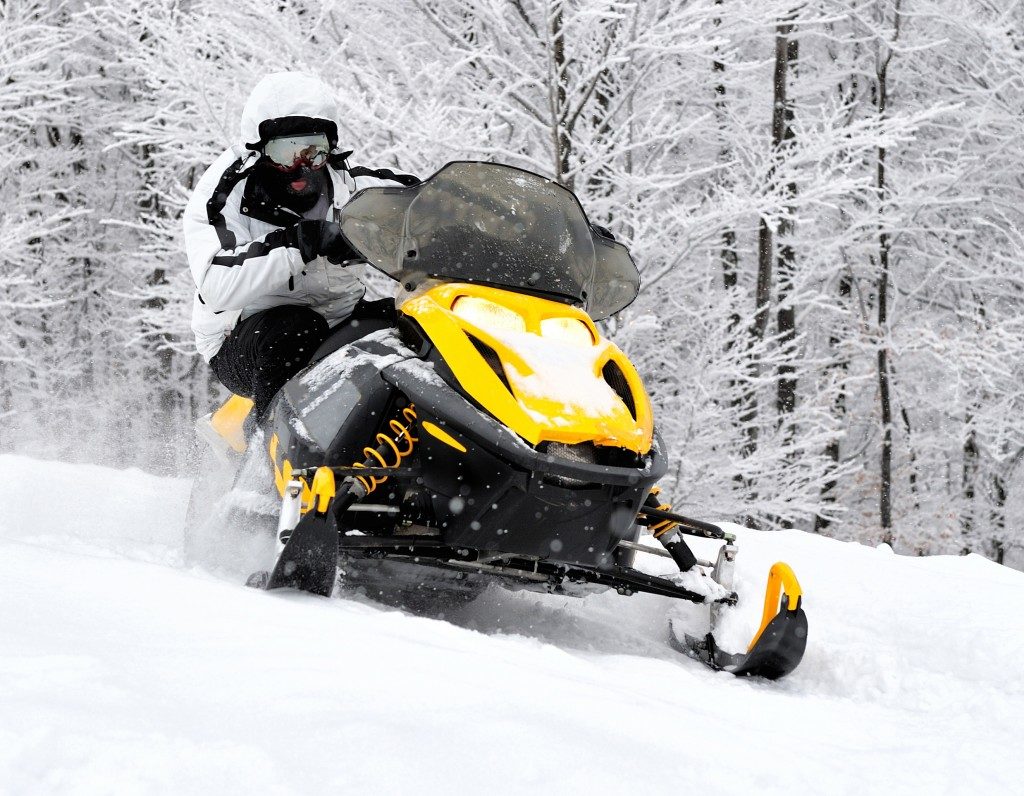Winter can create new vistas and terrains for adventurous people to explore and experience. If you’re one of these people, you might want to go hiking up snow-covered nature trails in Oregon, ski down snow-choked slopes in Colorado, or rent a snowmobile in Utah. Winter can be the most wonderful time of the year, especially when you’re watching the sun gleam on a peaceful snow bank, and feel the tickle of snowflakes on your cheeks.
But those same snowflakes may “conspire to hide” something that can seriously injure or even kill you. Beneath serene snowscapes, deep and deadly crevasses may be waiting to swallow the unwary.
Here’s what you need to know to make sure you don’t end up at the bottom of a frozen fall.
Dangers Beneath the Snow

Crevasses mostly occur in glaciers or on glacial regions. They are deep clefts in the glacier’s ice or even in the bedrock below. The steady flow of melting water during the warmer months cuts deep into the ice or erodes the rock, forming a crevasse. When the temperature drops in the winter and the snow starts to fall, this new layer of snow may become compacted and form bridges over the deep cleft. This effectively hides the crevasse, making it seem that its part of the solid snow on the surface. Deep pits and trenches that aren’t near glaciers can be covered the same way and pose the same threat to hikers.
A trekker or skier who’s not familiar with glacial crevasses may travel over the snow bridge covering it. If the snow bridge is thick and strong enough, they may be completely unaware of the deep plunge underneath and cross safely. But during the spring months, the warming weather may not be enough to expose the crevasse. It may weaken the snow bridge to the point that a person walking over it can fall through the snow and into the depths of the cavity.
There are three ways that a fall into a crevasse can be fatal:
- Trauma from the fall itself can cause severe damage to your body.
- The snow bridge or surrounding snow may fall into the crevasse, essentially burying you under their weight. This can crush you or suffocate you.
- The freezing temperature may cause fatal hypothermia.
Safety Through Knowledge
If you’re planning a trip through a glacier or similar region, it’s important to know where crevasses often form. Crevasses regularly form where the glacier bends around corners. Since glaciers move faster in the middle than the side, rifts, or lateral crevasses, may form between the ice in the center and those on the side. They can also form when a rock formation splits apart the ice, creating a wound in the glacier.
You should be very careful when traveling near these areas, and always use a pole or prod to check if the snow is covering a crevasse. If you’re driving a vehicle, be doubly careful as the weight of a motorized transport can cause a snow bridge to collapse much faster.
If you often travel through snowscapes and glaciers, either hire guides with rescue experience or brush up on survival and rescue basics yourself. Learn how to rescue someone from a crevasse or how to tie strong knots for rappelling. These lessons can help you out on the off chance that something unfortunate happens.
An adventurous spirit, such as yourself, should never set off without the right know-how and the proper preparations. After all, the best part of an adventure is returning home, enjoying the memories and planning for a new one. So watch your step, and take every precaution to make sure you come back from a winter jaunt happy, healthy, and unharmed.

